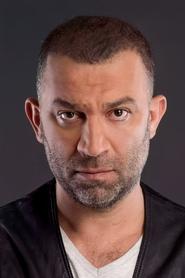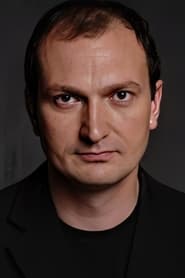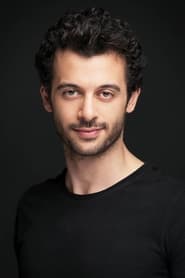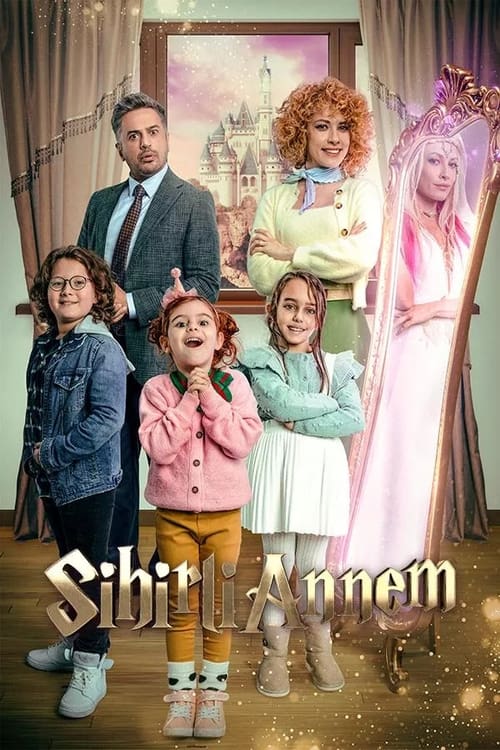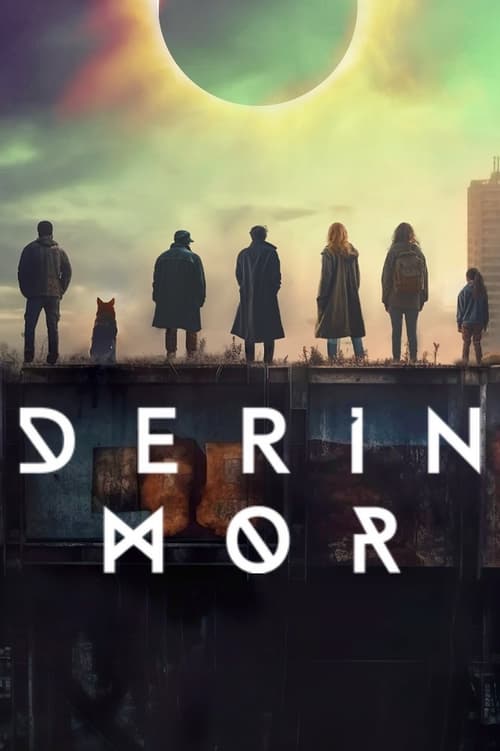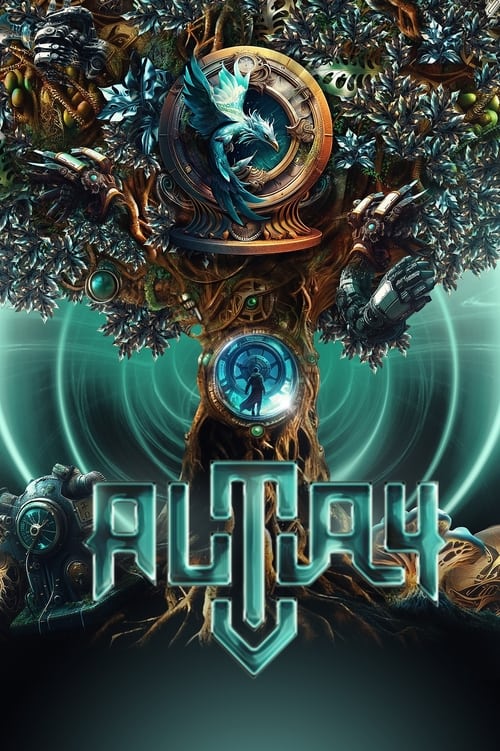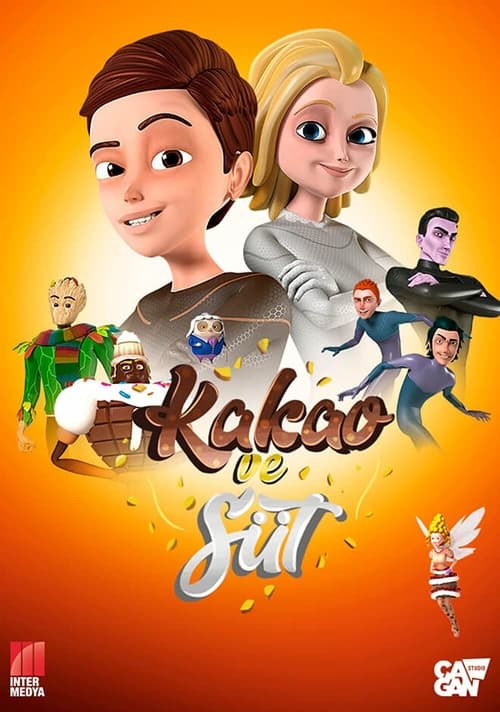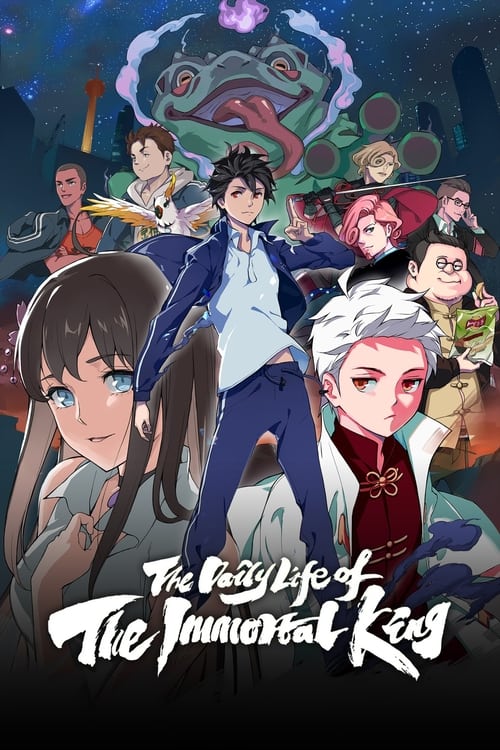
Ask Your Own Question
What is the plot?
In the opening scene of "Galanthus Byzantinus," we are introduced to a dystopian world ravaged by a pandemic known as the "Hot Skull" disease, which causes those infected to lose their ability to communicate effectively. The protagonist, Murat, is a former linguist who has managed to evade the disease. He navigates through a desolate city, filled with remnants of a once-thriving society, now overrun by chaos and fear. Murat's internal struggle is evident as he grapples with the isolation and paranoia that the disease has instilled in the populace.
As Murat moves through the streets, he encounters a group of infected individuals who are exhibiting erratic behavior. He watches from a distance, his heart racing, as they attempt to communicate but fail miserably, leading to frustration and violence. This scene establishes the stakes of the world Murat inhabits, highlighting the dangers of the disease and the breakdown of social order. Murat's motivation to remain hidden and safe becomes clear as he reflects on the loss of his loved ones to the disease.
Later, Murat returns to his makeshift home, a small, cluttered apartment filled with books and notes on linguistics. He is haunted by memories of his past life, particularly his relationship with his partner, who succumbed to the disease. As he sifts through his belongings, he finds a photograph of them together, which triggers a wave of grief and determination. Murat resolves to find a way to combat the disease, driven by the hope of reconnecting with the world he has lost.
The narrative shifts as Murat receives a visit from a mysterious figure named Zeynep, who is part of a resistance group seeking to find a cure for the Hot Skull disease. Zeynep reveals that they have discovered a potential lead on a treatment, but it requires Murat's expertise in linguistics to decipher ancient texts that may hold the key. Murat is initially hesitant, fearing the risks involved, but the prospect of saving others and possibly finding a way to communicate with his lost partner compels him to join the cause.
As Murat and Zeynep embark on their mission, they face numerous obstacles, including encounters with hostile factions that have formed in the wake of the pandemic. In one tense scene, they are ambushed by a group of armed individuals who believe they are hoarding resources. A fight ensues, with Murat using his knowledge of the environment to outmaneuver their attackers. He feels a surge of adrenaline and fear, realizing that he must rely on his wits to survive in this new reality.
After narrowly escaping the ambush, Murat and Zeynep reach a hidden library that contains the ancient texts they need. The atmosphere is thick with dust and the weight of history, and Murat feels a mix of awe and desperation as he begins to sift through the manuscripts. He becomes engrossed in the texts, deciphering the language with fervor, while Zeynep keeps watch, her anxiety palpable as they are still at risk of being discovered.
As they work together, a bond forms between Murat and Zeynep, rooted in their shared goal and the trauma of their experiences. Murat begins to open up about his past, revealing the depth of his loss and his desire to find meaning in the chaos. Zeynep, in turn, shares her own story of loss and resilience, which strengthens their connection and motivates them both to push forward.
The episode culminates in a dramatic confrontation when their location is compromised. A rival faction, aware of their search for a cure, storms the library. Murat and Zeynep must quickly gather the texts and escape. In the ensuing chaos, Murat's quick thinking allows them to evade capture, but not without a cost. Zeynep is injured during the escape, and Murat is faced with the harsh reality of their situation. He feels a mix of guilt and determination as he vows to protect her and continue their mission, setting the stage for the challenges that lie ahead in their quest to combat the Hot Skull disease.
What is the ending?
In the ending of "Hot Skull," season 1, episode 1 titled "Galanthus Byzantinus," the protagonist, Murat, finds himself in a precarious situation as he navigates a world ravaged by a deadly virus that spreads through speech. The episode concludes with Murat making a desperate choice to escape the clutches of the oppressive regime that seeks to control the infected. He is left with a sense of uncertainty about his future and the fate of those around him.
As the episode unfolds towards its conclusion, we see Murat, a man burdened by the weight of his past and the chaos surrounding him, grappling with his internal fears and the external threats posed by the government. The tension escalates as he witnesses the brutal enforcement of the regime's rules against those infected by the virus, which has turned society into a fractured landscape of paranoia and mistrust.
In the final scenes, Murat is cornered by agents of the regime who are intent on capturing him due to his potential exposure to the virus. The atmosphere is thick with dread as he recalls the faces of those he has lost and the friends he has left behind. His heart races as he makes a split-second decision to flee, knowing that staying would mean certain capture and possibly death.
As he runs through the desolate streets, the visuals are stark and haunting, showcasing the remnants of a once-thriving city now reduced to silence and fear. Murat's breath quickens, and his mind races with thoughts of survival. He encounters a group of rebels who are also fighting against the regime, and in a moment of connection, he realizes that he is not alone in this fight. They share a brief exchange, filled with urgency and determination, before he makes the choice to join them, hoping to find strength in numbers.
The episode closes with Murat disappearing into the shadows alongside the rebels, leaving viewers with a sense of hope intertwined with uncertainty. The fate of Murat remains ambiguous, as he steps into a world filled with danger but also the possibility of resistance. The final shot lingers on his face, a mixture of resolve and fear, encapsulating the struggle of a man caught between survival and the fight for freedom in a world that has turned against him.
Is there a post-credit scene?
In the first episode of "Hot Skull," titled "Galanthus Byzantinus," there is no post-credit scene. The episode concludes without any additional scenes or teasers after the credits roll. The focus remains on the main narrative and character developments throughout the episode, setting the stage for the unfolding story without any extra content following the main storyline.
What role does the character of Zeynep play in Murat's journey?
Zeynep is a key character who represents hope and potential connection for Murat. She is a scientist working on a cure for the virus, and her interactions with Murat highlight his emotional vulnerability and longing for a normal life, as well as the stakes involved in their fight against the epidemic.
What is the significance of the 'Hot Skull' in the story?
The 'Hot Skull' refers to a mysterious condition that causes individuals to become infected with a deadly virus that spreads through speech. This condition is central to the plot, as it creates a society where communication is fraught with danger, and the protagonist, Murat, is particularly affected by it.
Who is Murat and what drives his character in this episode?
Murat is the main character, a man who has survived the 'Hot Skull' virus and is now living in a world where he must navigate the dangers of both the infection and the oppressive society that has formed around it. His internal struggle revolves around his desire for connection and the fear of spreading the virus.
How does the setting of the dystopian world impact the characters' actions?
The dystopian setting is characterized by fear and isolation due to the 'Hot Skull' virus. This environment influences characters to act defensively, often leading to mistrust and desperation. Murat's actions are heavily influenced by the need to survive in a world where speaking can be lethal.
What are the implications of the government’s response to the 'Hot Skull' outbreak?
The government's response is authoritarian and draconian, leading to widespread fear and oppression. This response shapes the characters' motivations, as they must navigate a society that prioritizes control over individual freedoms, forcing Murat and others to make difficult choices in their quest for safety and connection.
Is this family friendly?
"Hot Skull," season 1, episode 1 titled "Galanthus Byzantinus," contains several elements that may not be suitable for children or sensitive viewers.
-
Violence: The episode features scenes of conflict and aggression, including physical confrontations that may be intense or disturbing.
-
Dystopian Themes: The setting is a post-apocalyptic world affected by a dangerous virus, which may evoke feelings of fear or anxiety.
-
Psychological Tension: Characters experience significant emotional distress, paranoia, and fear, which could be unsettling for younger audiences.
-
Mature Language: There may be instances of strong language that could be inappropriate for children.
-
Dark Imagery: The visual style includes bleak and unsettling imagery that reflects the dire circumstances of the characters, which might be distressing.
These elements contribute to a tone that may not be suitable for all viewers, particularly younger children or those sensitive to such themes.




